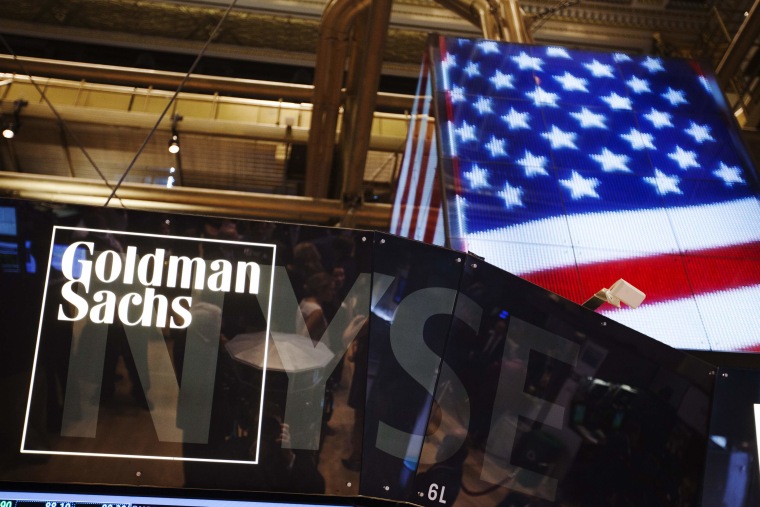Goldman Sachs' cafeteria has been described as something out of Gattaca, the 1997 science fiction film. It's a wide-open space full of furniture that looks like it was smuggled from a utopian future in which nothing is ever dirty, broken or unintentionally asymmetrical.
It isn't just the physical design of the 11th-floor space that creates this impression. It's the way Goldman administers it with a clever policy designed to economically engineer efficient eating.
The most crowded time of the day to eat lunch is, naturally, during lunch time. For most people, this falls around noon. This creates the phenomenon of the lunchtime rush hour. You know this all too well if you've ever tried to stop in your local chopped salad place at, say, 12:30 in the afternoon.
Goldman didn't like the idea of its people waiting on long lines to get their lunch. People are capital to Goldman. It wants to use its capital efficiently. Standing on line waiting for dumplings or salad or a burger is not an efficient use of Goldman's capital.
So Goldman has come up with a way to shift the market.
The cafeteria has a set of timed discounts. If you show up in the cafeteria before 11:30 a.m. or after 1:30 p.m., you get a 25 percent discount on your food. Goldman incentivizes employees to avoid the rush hour.
As it turns out, Goldman folks are both especially attuned to economic incentives and ruthless about capital efficiency. There are some Goldman employees who take pride that they've never eaten lunch inside the "cost penalty window," as one trader referred to the two hours when the discount isn't in effect.
Others take it more casually.
If you find yourself in the cafeteria sometime around 1:20 p.m., you'll notice that the lines at the pay registers are empty. So are many of the tables.
But the cafeteria area between where the food is collected and where you pay is quite crowded. The Goldman lunchers are chatting with each other, waiting for the final minutes to tick down until they can save a dollar or two.
There's a bit of an absurdity to the employees at one of the best-paying companies in America biding their time to save a couple of dollars. But it also makes perfect sense.
One of the things you don't want to do as an employee at Goldman — ever — is admit you overpaid for something. How can you be trusted to trade bonds if you can't be trusted to buy lunch at the best price?
It's also of a piece with Goldman's most recent quarterly results.
Goldman beat estimates but many analysts say a driver of this was Goldman's ability to cut costs. The practice of saving money may start at lunch but it goes all the way to the top. Lloyd Blankfein reportedly loves the Goldman cafeteria. I bet he eats before 11:30 or after 1:30.
I reached out to Goldman spokesman David Wells to ask about Goldman's lunch market manipulation. Unsurprisingly, he wasn't immediately available around 1:30. No one else in the Goldman spokes hub was either. Sometime later, he called me.
"Goldman approves of employees using their capital efficiently," he said.
—By CNBC's John Carney. Follow him on Twitter @Carney
Related stories:
